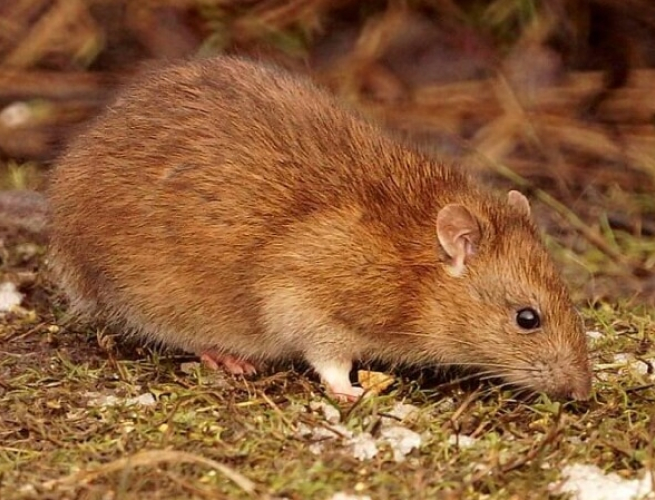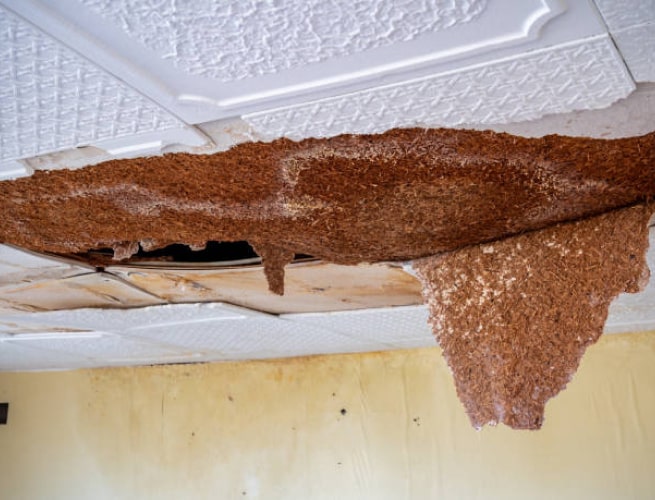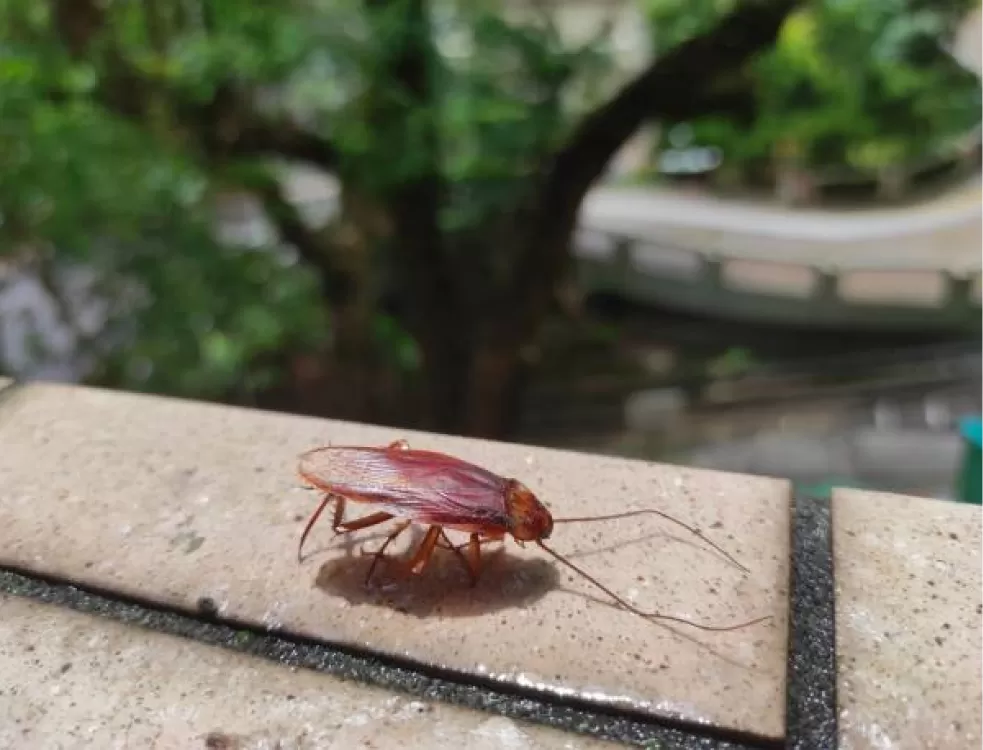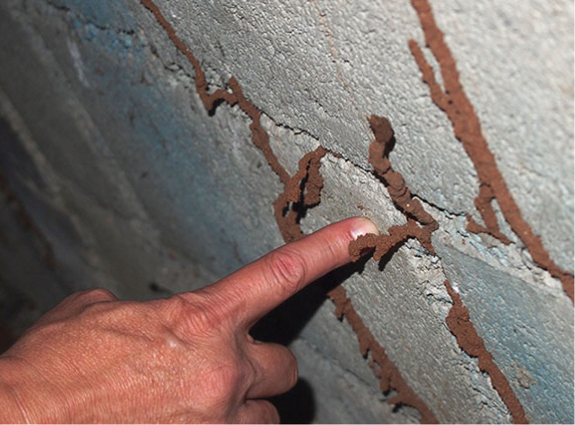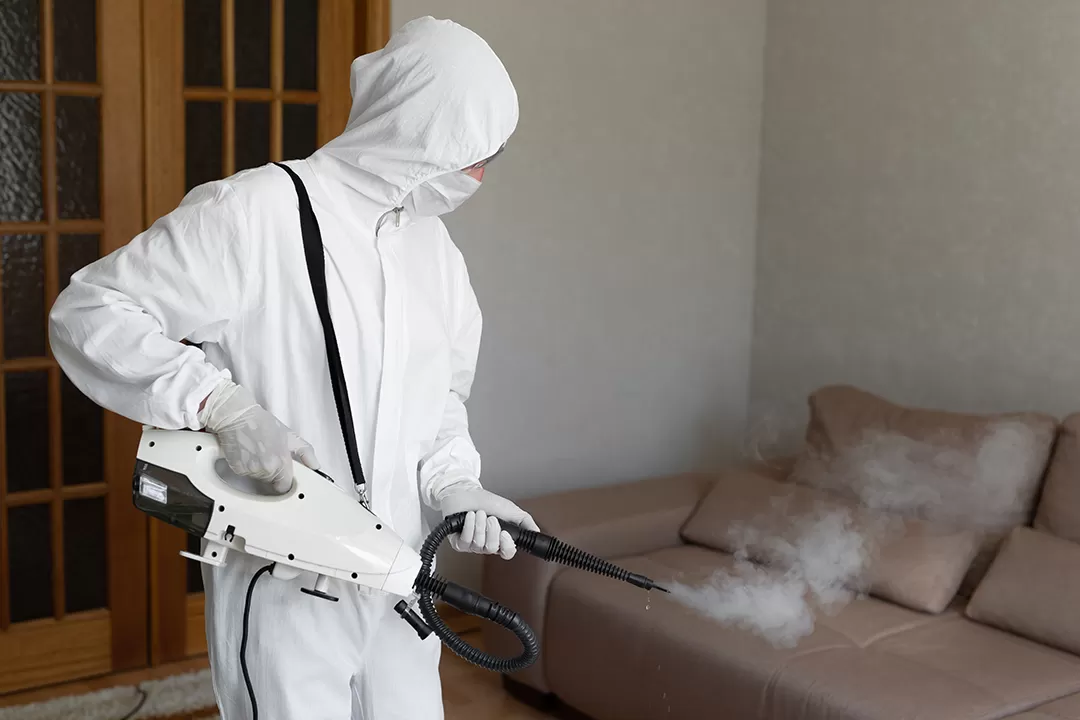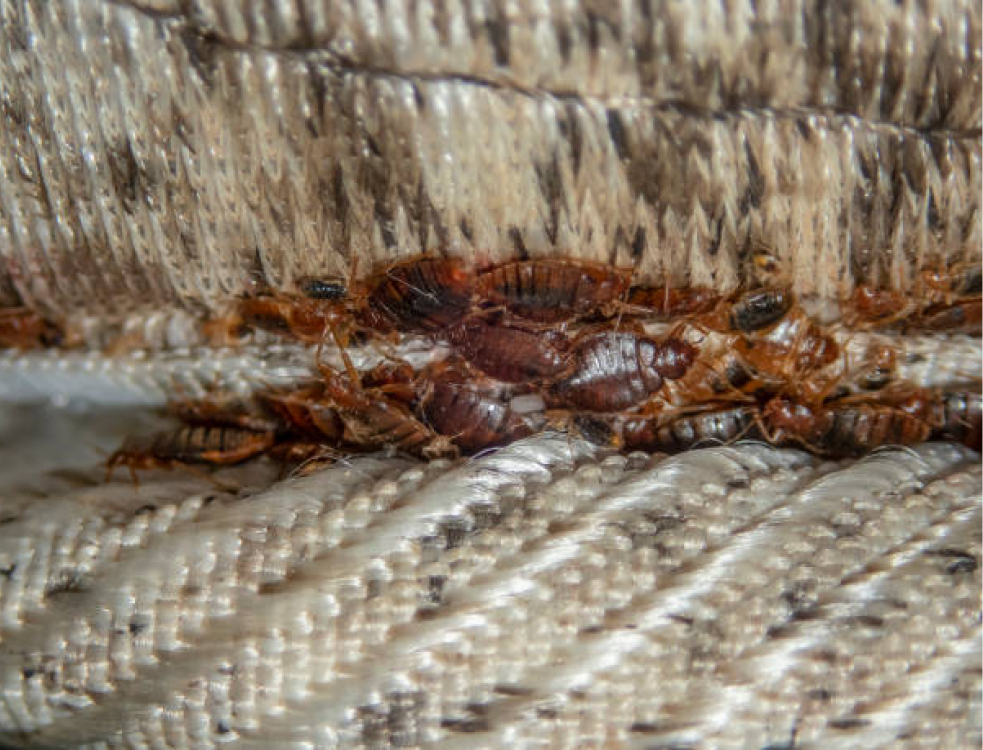Bed bugs (Cimex lectularius) are small, elusive insects that have become a significant pest in urban environments. They feed on human blood and are notorious for their ability to infest homes, hotels, and public spaces, leading to considerable distress and economic burden. Understanding the bed bug behavior is crucial for developing effective control strategies. This article delves into the behavior of bed bugs and explores various control methods based on this understanding.
Bed Bug Behavior
Feeding Habits
Bed bugs are hematophagous, meaning they feed exclusively on blood. They prefer human hosts but can also feed on other warm-blooded animals. Bed bugs are primarily nocturnal, with peak feeding activity occurring just before dawn. They are attracted to their hosts by carbon dioxide and body heat.
- Feeding Duration: Bed bugs typically feed for 3-10 minutes before becoming engorged and retreating to their hiding places.
- Feeding Frequency: Adult bed bugs generally feed every 5-10 days, although they can survive for several months without a blood meal under certain conditions.
Hiding and Aggregation
Bed bugs are cryptic and prefer to hide in small cracks and crevices during the day. They are commonly found in:
- Mattresses and Bed Frames: Particularly along seams and edges.
- Furniture: Inside cracks and joints of chairs, couches, and dressers.
- Walls and Floors: Behind baseboards, under loose wallpaper, and in electrical outlets.
Bed bugs tend to exhibit aggregation behavior, facilitated by aggregation pheromones. This behavior helps them find suitable hiding places and mates and, provides protection against desiccation and predators.
Reproduction and Life Cycle
Understanding the reproductive behavior of bed bugs is crucial for controlling their populations.
- Mating: Bed bugs reproduce via traumatic insemination, where the male pierces the female’s abdominal wall to inject sperm. This process can injure the female and impact her lifespan.
- Egg Laying: A single female can lay 200-500 eggs in her lifetime. Eggs are typically deposited in hidden, secure locations and hatch within 6-10 days under optimal conditions.
- Development: Bed bugs undergo incomplete metamorphosis, with five nymphal stages before reaching adulthood. Each stage requires a blood meal to molt to the next.
Dispersal and Infestation
Bed bugs are adept at dispersing and infesting new areas. They can move short distances by crawling and can be transported over longer distances through human activities, such as travel and the movement of infested furniture and luggage. This behavior contributes to their rapid spread in urban environments.
Effective Control Strategies
Effective bed bug control requires a comprehensive understanding of their behavior. Here are several strategies based on behavioral insights:
Inspection and Monitoring
Regular inspection and monitoring are critical for early detection and management of bed bug infestations.
- Visual Inspections: Regularly inspect mattresses, bed frames, furniture, and other potential hiding places for signs of bed bugs, such as live insects, shed skins, and fecal spots.
- Monitoring Devices: Use bed bug interceptors, sticky traps, and pheromone-based lures to monitor bed bug activity. These devices can help detect low-level infestations before they become severe.
Natural Control Methods
Natural control methods involve removing or killing bed bugs through non-chemical means.
- Heat Treatment: Bed bugs are highly sensitive to heat. Exposing infested items to temperatures above 45°C (113°F) for an extended period can effectively kill all life stages. Professional heat treatments can treat entire rooms or buildings.
- Cold Treatment: Bed bugs can also be killed by exposure to freezing temperatures (-18°C or 0°F) for several days. This method is suitable for treating small items, such as clothing and bedding.
- Vacuuming: Regular vacuuming of mattresses, furniture, and floors can help remove bed bugs and their eggs. Ensure that the vacuum bag is sealed and disposed of properly to prevent re-infestation.
- Steam Treatment: Steam cleaners can be used to treat infested areas, as the high temperature kills bed bugs on contact. This method is effective for mattresses, furniture, and other surfaces that can withstand heat and moisture.
Chemical Control Methods
Chemical control methods involve the use of insecticides to kill bed bugs. However, chemical resistance in bed bug populations necessitates careful selection and application of insecticides.
- Residual Insecticides: Apply residual insecticides to cracks, crevices, and other hiding places where bed bugs are likely to reside. These insecticides remain active for an extended period, providing ongoing control.
- Non-Residual Insecticides: Use non-residual insecticides, such as aerosols and sprays, for direct treatment of visible bed bugs. These products offer immediate knockdown but do not provide long-term control.
- Desiccant Dust: Desiccant dust, such as diatomaceous earth and silica gel, can be applied to infested areas. These dusts damage the protective outer layer of bed bugs, causing them to dehydrate and die. Desiccant dusts are particularly effective because they remain active as long as they are present and dry.
Biological Control
Biological control involves using natural predators, parasites, or pathogens to manage bed bug populations. This approach is still in the experimental stage but shows promise.
- Entomopathogenic Fungi: Fungi such as Beauveria bassiana can infect and kill bed bugs. Research is ongoing to develop effective formulations and application methods.
- Natural Predators: While there are no specific predators that target bed bugs exclusively, certain generalist predators, such as spiders and centipedes, can help reduce bed bug numbers. However, relying solely on natural predators is not a practical control method for indoor infestations.
Integrated Pest Management (IPM)
Integrated Pest Management (IPM) is a holistic approach that combines multiple control strategies to achieve sustainable and effective bed bug management. IPM emphasizes prevention, monitoring, and the use of least-toxic control methods.
- Prevention: Implement preventive measures to reduce the risk of bed bug infestations. This includes sealing cracks and crevices, encasing mattresses and box springs in protective covers, and reducing the clutter that provides hiding places for bed bugs.
- Education: Educate residents, hotel staff, and other stakeholders about bed bug biology, behavior, and control methods. Knowledgeable individuals are better equipped to detect and respond to infestations promptly.
- Collaboration: Work with pest management professionals, health departments, and community organizations to develop and implement effective bed bug control programs. Collaboration ensures that resources and expertise are utilized efficiently.
Challenges Faced and Future Approaches
Challenges in Bed Bug Control
- Chemical Resistance: Bed bugs have developed resistance to many commonly used insecticides, making chemical control more challenging. Ongoing research is needed to identify new, effective compounds.
- Detection Difficulties: Early detection of bed bug infestations is difficult due to their cryptic nature. Improved monitoring and detection tools are essential for timely intervention.
- Public Awareness: Despite increased media attention, many people are still unaware of effective bed bug prevention and control methods. Public education campaigns are crucial to raising awareness and promoting best practices.
Directions for the Future
- Research and Development: Continued research into bed bug behavior, biology, and control methods is essential. This includes developing new insecticides, biological control agents, and non-chemical treatments.
- Technological Innovations: Advances in technology, such as bed bug detection devices, heat treatment equipment, and data analytics, can enhance bed bug management programs.
- Policy and Regulation: Governments and regulatory bodies should support bed bug control efforts through policies, funding, and regulations that promote best practices and protect public health.
Conclusion
Understanding bed bug behavior is key to developing effective control strategies. By leveraging insights into their feeding habits, hiding behaviors, and reproduction, we can design comprehensive management programs that combine physical, chemical, and biological methods. Integrated Pest Management (IPM) offers a holistic approach that emphasizes prevention, monitoring, and the use of least-toxic control options. Through education, collaboration, and ongoing research, we can improve bed bug control efforts and reduce the impact of these pests on human health and well-being.
A pest control agency in Singapore can play a pivotal role in this endeavor by implementing advanced and eco-friendly bed bug control strategies. By adopting IPM practices and focusing on sustainable methods, the agency can effectively manage bed bug infestations while minimizing environmental impact. This approach not only addresses the immediate issue of bed bug control but also promotes long-term public health and environmental sustainability. Through proactive community engagement, continuous training for pest control professionals, and collaboration with local health authorities, a pest control agency in Singapore can enhance the overall quality of life and well-being of its residents, positioning itself as a leader in innovative and responsible pest management.


